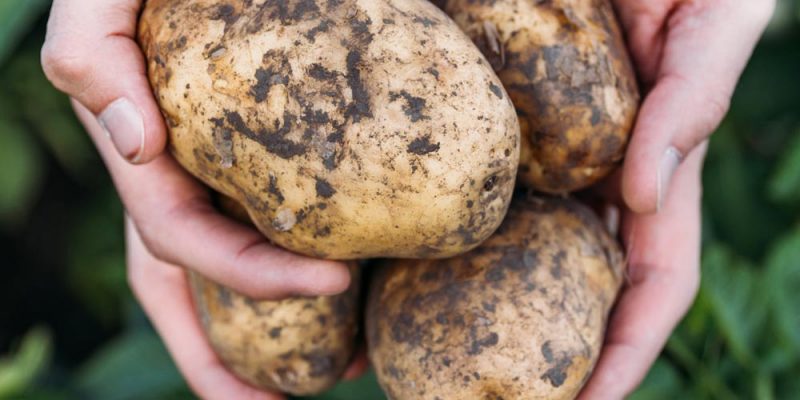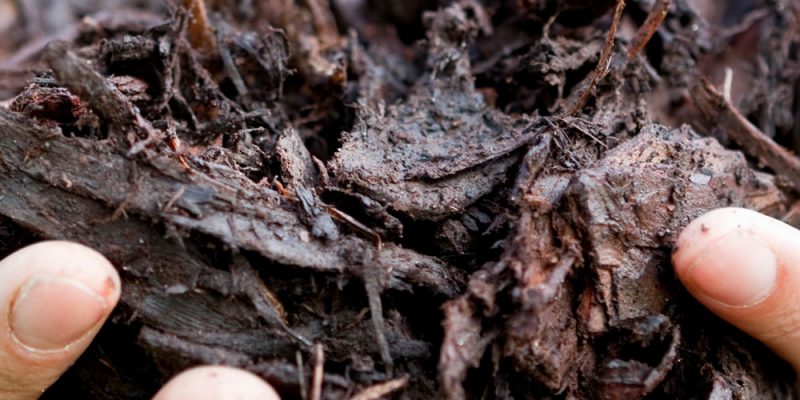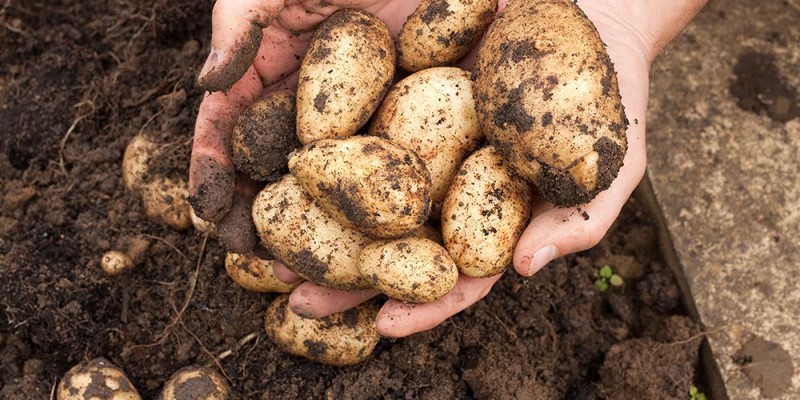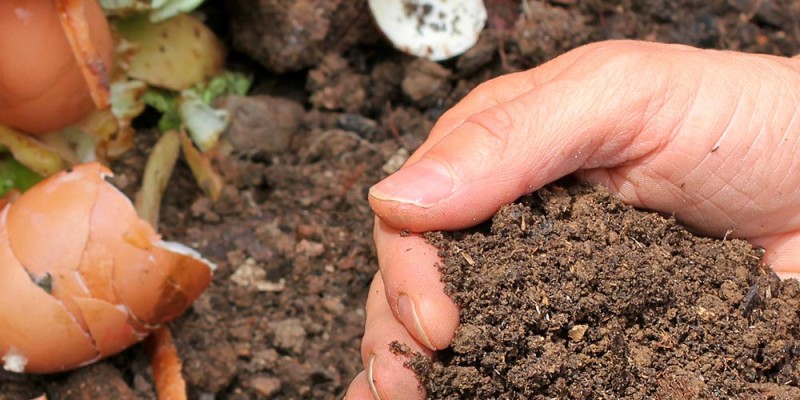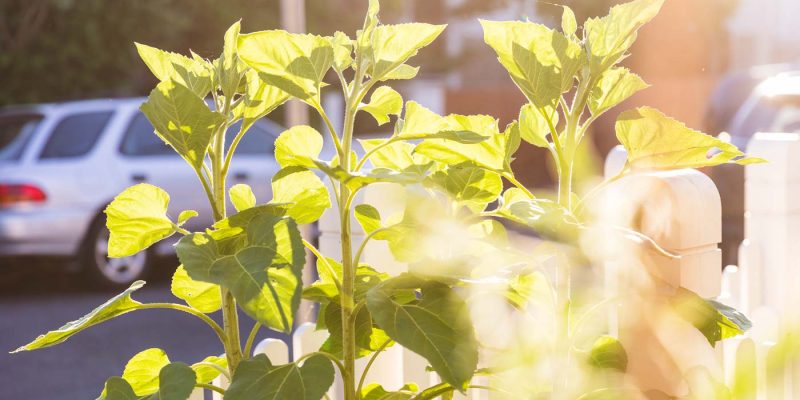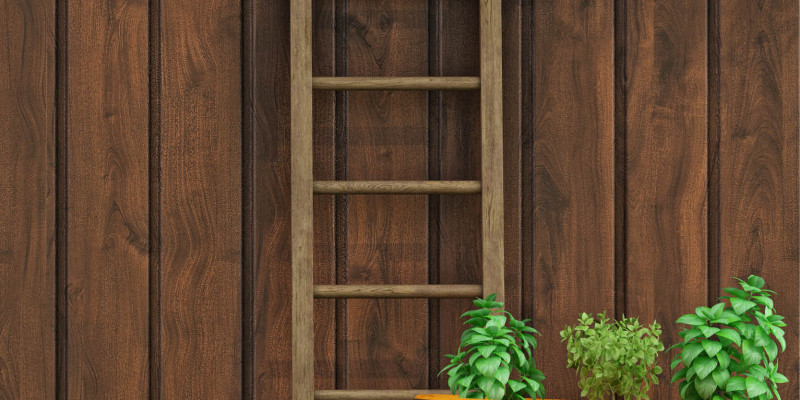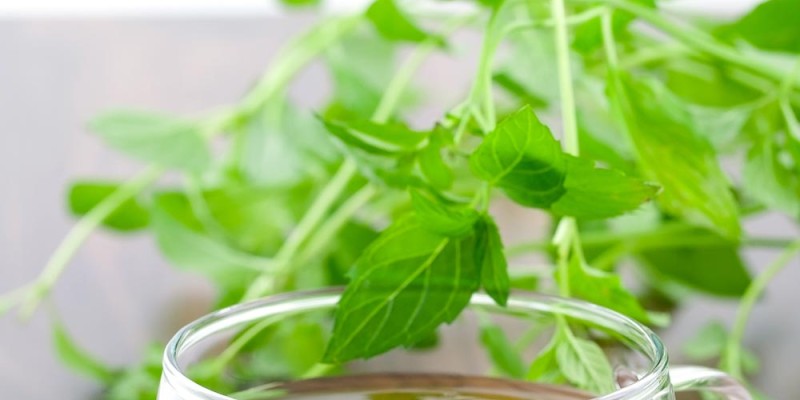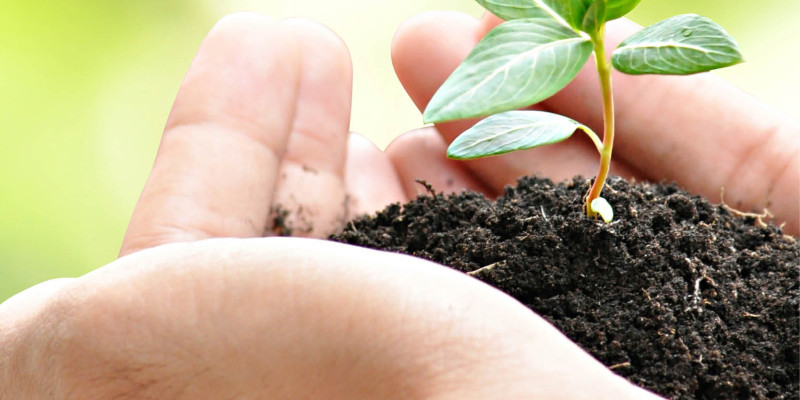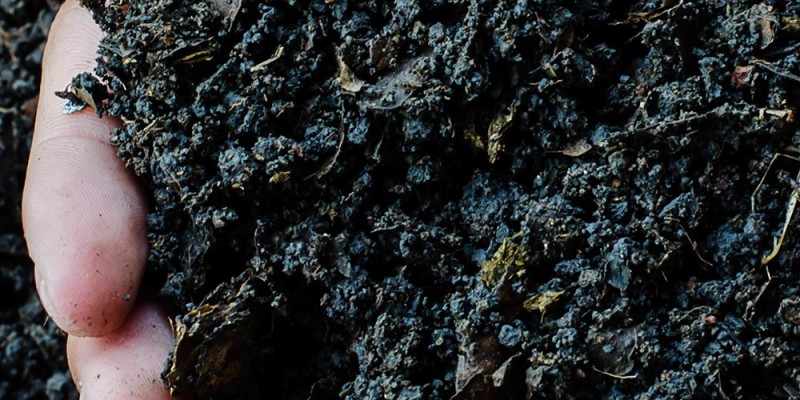10 ways to grow more food at home
The core goal of the Urban Garden Series is to show you how to grow more food at home. Often back yards, decks, patios and balconies space is limited and so today I am going to go through 10 ways to grow more food in the same space.
Vertical Growing
The first way to grow more food is to take advantage of the space you are not already using. The largest area most traditional garden done us is the vertical space. If you are in an urban area you can increase the amount your produce in the same square area quite a bit if you take advantage of growing vertically.
I use a variety of trellis to take advantage of the vertical space in my garden. Trellis are basically anything that can support a plant vertically. Things like fences make for a great trellis or support to build one. I have grapes growing on my garden fence and I have permanent trellis built off of my fence to hold up the rest of my grapes.
More simplistically you can use things such as bamboo to support annuals such as tomatoes and melons.
An easy middle ground to start with is an electrical conduit trellis. They are easy to install and relatively inexpensive to make. I grow a number of vining crops up them every year and train my tomatoes as well.
Growing some crops vertically allows you to plant other crops in much closer proximity. For instance tomatoes when left alone can take up over a square meter or 3+ square feet. When grown with this trellis paired with pruning I can plant them one plant per 30 square centimetres or 1 square foot. This increases the amount of produce per square foot I am able to grow.
Ground Cover Planting
After training crops vertically such as these family heirloom grapes there is space freed up below. This provides an opportunity much like the tomatoes to plant other crops close by. For perennial beds ground cover is a great way to take advantage of that space.
I have found a few perennial pairs that do quite well together. The most important factor for perennials that you are planting in close proximity is the pH of the soil. For instance Grapes grow best in a soil pH of 5.5 to 7.0 and strawberries grow best in a similar pH range of 5.5-6.5. Their growth patterns also match up quite well. The grapes climb the trellis and the strawberries stay within 30cm or 1 foot of the soil providing a food producing ground cover.
Another great pairing is blueberries and lingonberries. Blueberries do best in an acidic pH of 4.5-5.5 and lingonberries like almost identical pH range of 4.3-5.5. The plants are complimentary as my low bush blueberries should grow to roughly 1 meter or 3.2 feet tall and wide and the lingonberries should get 30 cm or 1 foot tall and wide.
Both strawberries and lingonberries in the wild are ground cover under the canopy of forest trees as such they do well in close proximity of other plants in partial shade.
High Density Planting
I have already touched on taking advantage of the vertical space in your garden and planting things in close proximity. High density planting does extend past just the vertical growing crops.
I plant most of my crops in a high density method inspired by Square Foot Gardening. Planting crops in high density allows you to grow than say a traditional row garden. That said I have had to learn over the years how much each plant actually takes and how close I can plant them.
Instead of planting my onions in rows that are 30-45 cm or 12-18 inches apart with plant spacing of 10-12 cm or 4-5 inches you plant 16 in 30 square cm or 1 square foot. The overall size of the bulbs will be lower however the weight of crops per square area of garden will be higher.
Locally Acclimated Varieties
As you are planning what you want to plant densely the next strategy you can implement to grow more food is to look at locally acclimated varieties.
Working with nature is a much easier way to produce more food at home. If you start with plants that are well adapted to your growing zone you are going to have much more success than if you chose a variety that is not well suited.
I grow hardy grapes and blueberries that produce bountiful amounts of smaller fruit than their southern counter parts. If I did try to grow a vine or bush that was not hardy to my zone it may produce larger fruit however much smaller quantities if at all.
You can usually find native crops or well suited ones at locally owned greenhouses.
Succession planting
As you begin to harvest space can be freed up that can be used again even in the same season. This is called succession planting.
There are plenty of crops such as radish that grow quickly and can be harvested and replanted. Succession planting is a great way to double or even triple your harvests in the same area throughout the season.
The leafy greens I started in March are just about done for this season and starting in August I will start planting the fall crops.
Similar to radish I will harvest and re-plant carrots in July leaving the second harvest until after the last frost that will sweeten the crops.
Another method of successive planting I featured in an episode recently where I showed how I double plant my potato bags essentially allowing me to double my harvest with in the same area.
Compost growing
Compost is an essential part of my garden. Composting allows me to take free and local resources and release the plant available nutrients in the garden. Unfortunately even in a smaller garden like my own I need a fair bit of compost to make sure I do not need to purchase fertilizer products.
As such I produce compost with in my garden area but that is not wasted space. Over the winter I pile more compost material on top of the hot compost I make in the fall. This leaves undecomposed material in the spring.
As soon as I can work the pile I spread it out helping to get some of the hot decomposition underway. I like to do this well before planting as the excess heat can reduce germination. I cover the piles with autumn leaves that act as a biofilter helping to keep any smells from wafting over to the neighbours.
When it is planting time I take some potting soil make a nest and plant crops such as squash, zucchini and melons.
As the organic material breaks down this takes things like nitrogen and locks it up releasing it once the compost is finished. My native earth worms and the red wigglers that over wintered in my garden will help speed this process along. Normally I would not suggest planting directly in raw compost as those locked up nutrients end up being needed by the crops before they are released. That said by the time the squash get in there they are able to find the nutrients they need while the compost finishes off during the year.
Not only by the end of the season do I have wonderful nutrient rich compost I can use to further build the fertility in my garden soil but I don’t lose the space and am able to produce crops for my family further increasing the gardens yield.
Container Gardening
Now that I have optimized how I am growing in my raised beds it is time to think outside the garden box. Containers are a great way to grow food in spaces that would otherwise be underutilized such as paths and corners. They are also a great way to grow plants that if in the main beds could become invasive such as mint or horseradish.
Containers can be placed in space that are not being used and later moved as the garden fills out.
I grow a wide variety of perennials such as blueberries, figs, goji berries and grapes in containers and annuals such as mint, herbs, leafy greens and horse radish. I often move the containers around throughout the season to take advantage of underutilized spaces in my garden.
Further to underutilized spaces containers let those with limited spaces such as decks, patios or balconies grow food at home as well.
High producing crops
Whether you are growing in raised beds or containers high producing crops can help optimize the use of space. These are varieties that over the course of the growing season produce more food by weight than other varieties.
The best example of this in my garden is Tomatoes and Strawberries. The overall size of cherry tomatoes is dwarfed by some of the larger varieties like pink brandi wine. With that in mind throughout the season especially indeterminate cherry tomatoes can produce overall larger harvest often available over a longer period of time.
Another great example of a crop that produces more over the course of a season is June bearing strawberries vs day neutral or ever bearing varieties. June strawberries set one crop of fruit that are often large but then don’t produce again. These day neutral seascape strawberries produce fruit from early June right through to the fall again often out producing over the course of the season their June counterparts.
Selecting varieties that produce overall larger quantities of harvests increases the efficiency of the plants in your garden allowing you to grow more food in the same space.
Growing garden not lawn
Thinking a little bigger picture Urban Lawns are a great opportunity to grow more food. While I am unlikely to expand my annual garden out for the next few years while my son uses the space I have expanded my perennial Trees and Shrubs in the yard.
I have planted two dwarf apple trees, one espalier and a pear tree to go along with my 5 fruit producing bushes. They can be integrated into we well played in yard without getting in the way and still producing crops for you and your family.
Often plants like apple trees require cross pollination to produce. A space saving method to increase the pollination is to graft other varieties to the same tree. This Manitoba apple I grafted this spring will flower next year not only producing its own apples but helping to improve the pollination of the Harcourt it is grafted too.
Public areas
Although not related to your yard public planting of food producing perennials is a great way to again expand the crops you have access to and take advantage to underutilized space. I received the appropriate permission to plant a few fruit producing perennials in my public space including a Mount Royal plumb, honey berries and a Romeo cherry tree.
Public plantings allow neighbourhood kids the opportunity to learn about food production while enjoying healthy snacks and playing outside. Extra produce can be shared with the community.
If you have your own tips for producing more food using the same space I would love to hear in the comment section below.
If you would like to catch up on the Urban Gardening Series check out the link:
